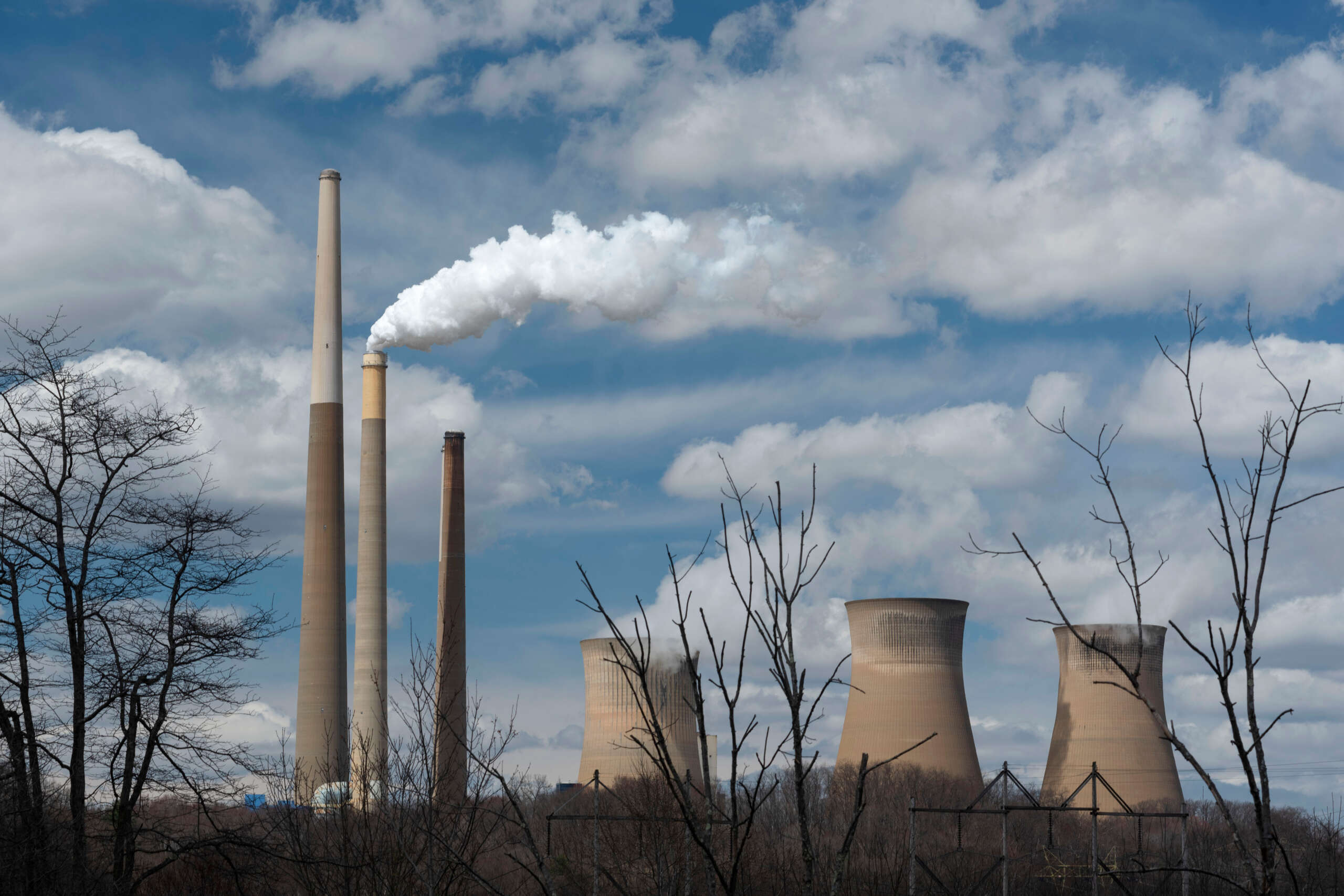Nippon Steel Secures U.S. Steel in Landmark $14.9 Billion Acquisition
In a significant development, the United States Steel Corporation (U.S. Steel) is poised to undergo changes as it was recently acquired by Japanese-based Nippon Steel, in a deal valued at $14.9 billion. Despite this shift in ownership, U.S. Steel has reassured stakeholders that it will retain its historic name and keep its headquarters in Pittsburgh, Pennsylvania.
U.S. Steel has a long history that dates back to its establishment in 1901. The company was formed through a merger orchestrated by financier J.P. Morgan, bringing together several major steel producers to create one of the largest industrial corporations in the world at the time. The merger included prominent steel companies such as Carnegie Steel Company, Federal Steel Company, and National Steel Company. U.S. Steel played a pivotal role in the American industrial landscape during the early 20th century, contributing significantly to the country’s economic growth and infrastructure development.
The Edgar Thomson Works, situated in Braddock, Pennsylvania, is a key component of U.S. Steel’s historical legacy. Established in 1872 by industrial magnate Andrew Carnegie, it stands as one of the oldest operating steel mills globally. This facility played a crucial role in the early development of the American steel industry and has witnessed technological advancements over the decades. Today, it remains an integral part of U.S. Steel’s operations, contributing to the production of high-quality steel products.
The Clairton Works, located in Clairton, PA, is another cornerstone of U.S. Steel’s history. This facility, part of the Mon Valley Works, is renowned as the largest coking facility in North America. The presence of such significant facilities underscored U.S. Steel’s commitment to maintaining a strong foothold in the steel industry, supporting various sectors including automotive, construction, and energy, both in the United States and abroad.
Duquesne Works was a historic steel mill in Pittsburgh that played a vital role in the steel industry during its operational years. However, the facility was closed and dismantled in the 1980s.
The 1980s brought a painful chapter for Pittsburgh as the steel industry, a key economic driver, faced a sharp decline. Factors such as global competition, outdated technology, and a shift towards cost-effective steel production methods abroad led to the closure of numerous steel mills in the region. The resultant job losses and economic hardship reshaped the city’s identity, marking a period of restructuring and diversification.
Amid this backdrop, U.S. Steel’s acquisition by Nippon Steel raises questions about the future direction of the company and its potential impact on the local economy. The decision to maintain the U.S. Steel name and its headquarters in Pittsburgh provides a semblance of continuity, but concerns linger regarding the fate of the local workforce, given the steel industry’s historical role as a major employer in the region.
It is noteworthy to mention that steel mills, including those owned by U.S. Steel, have faced health issues related to asbestos exposure over the years. Asbestos has been associated with respiratory ailments and poses occupational health risks in industrial settings. Clairton Works, Edgar Thomson Works, and others have dealt with asbestos-related concerns, reflecting broader challenges in ensuring worker safety in such environments.
If you or a loved one has been diagnosed with an asbestos-related disease, you could be entitled to compensation. Call 412-471-3980 or fill out our contact form on our website to speak to a member of our team.




